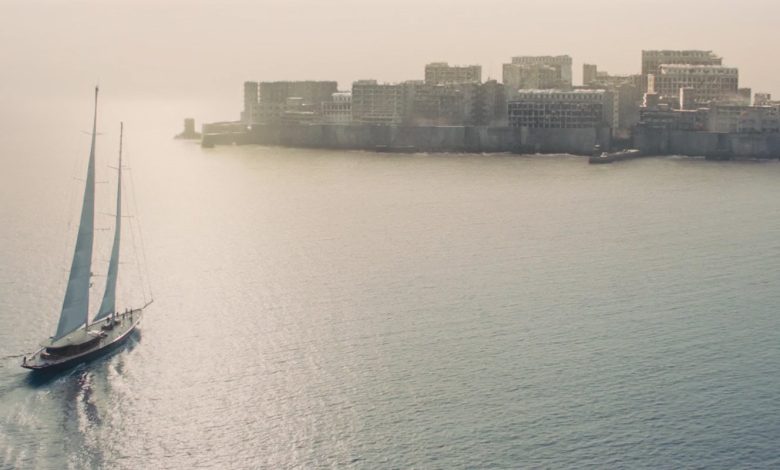
The world of James Bond is one filled with exotic locations, thrilling adventures, and larger-than-life villains. One such location that has intrigued fans and critics alike is the eerie ‘dead city’ featured in the 2012 film “Skyfall.” This city, set on an island, serves as the lair for the film’s villain, Silva. But is this island real or just a product of cinematic fiction? The answer is a fascinating blend of both.
The island in question is Hashima Island, an abandoned destination near the Japanese city of Nagasaki. While the island itself is real, its portrayal in “Skyfall” is a mix of reality and fiction. This article delves into the intriguing history of Hashima Island, its depiction in “Skyfall,” and the blend of fact and fiction that makes it such a captivating location.
Key Takeaways
- Hashima Island, also known as Gunkanjima or Battleship Island, is a real location near Nagasaki, Japan.
- The island was once a bustling coal mining facility but was abandoned in 1974 as Japan transitioned from coal to petroleum.
- In “Skyfall,” Hashima Island is portrayed as the ‘dead city’ owned by the villain, Silva. However, this narrative is a fabrication for the film.
- James Bond arrives at the island after meeting Severine in the Golden Dragon Casino in Macau and following her onto the sailing yacht ‘Regina.’
- Today, Hashima Island is a UNESCO World Heritage site and is open for tourism.
The Island’s Reality
Hashima Island was once a bustling coal mining facility owned by Mitsubishi. At its peak, it was one of the most densely populated places on Earth. However, as Japan transitioned from coal to petroleum, the mines were shut down, and the island was abandoned in 1974. Today, it stands as a ghost town, its dilapidated buildings a stark reminder of its past.
The Fiction in Skyfall
In “Skyfall,” the island is portrayed as the ‘dead city’ owned by the villain, Silva, played by Javier Bardem. The story Silva narrates about the island being a ‘dead city’ is purely fictional. The island’s eerie, abandoned state might lend credibility to Silva’s tale, but it’s important to note that the ‘dead city’ narrative is a fabrication for the film.
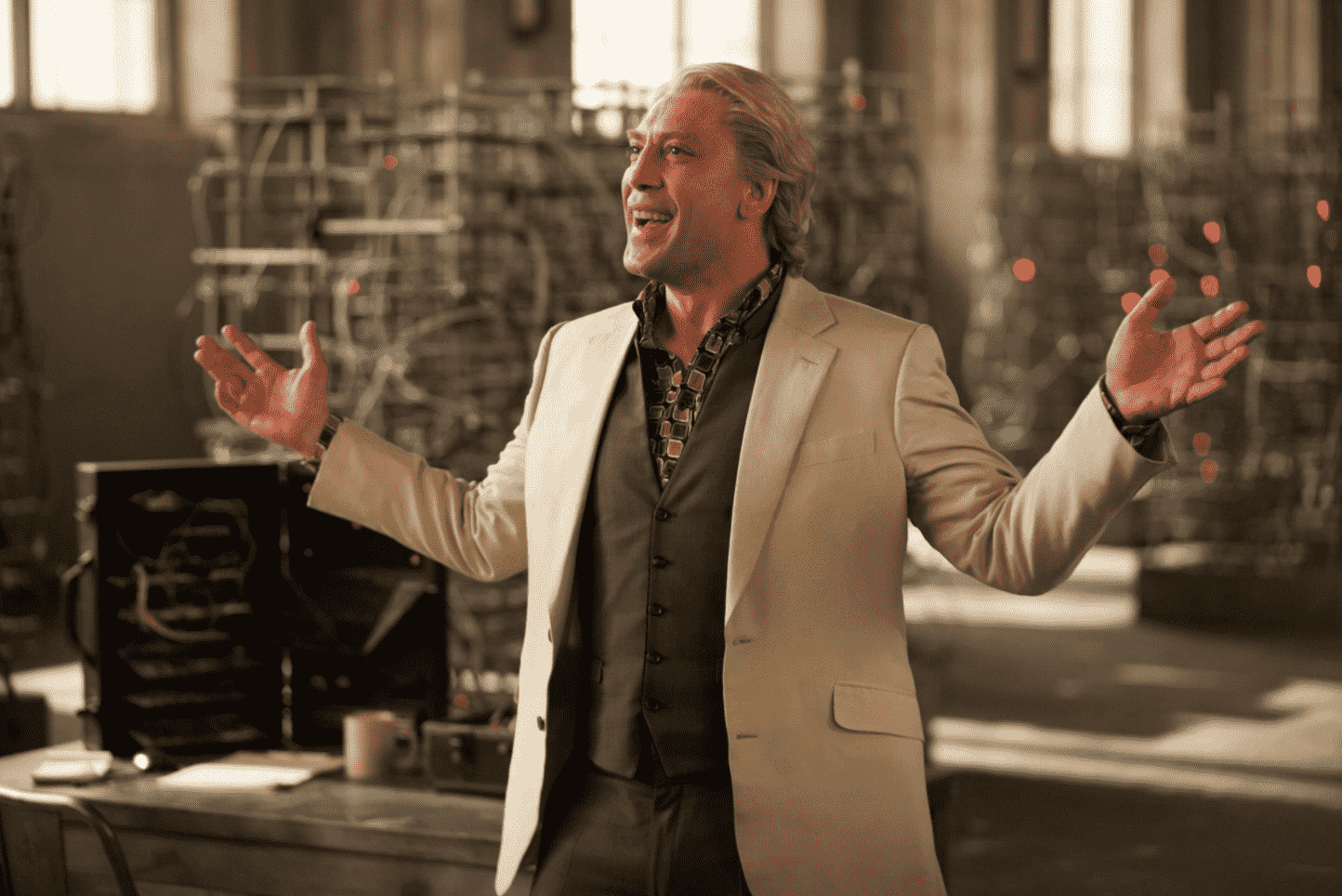
Bond’s Journey to Hashima Island
James Bond, played by Daniel Craig, arrives at the island after meeting Severine in the Golden Dragon Casino in Macau. He follows her onto the 183-foot sailing yacht ‘Regina,’ which sails them towards Silva’s necropolis of a city.

Bond’s Experience on the Island
Once on the island, Bond is tied up, and Silva shares a tale of another island, his grandmother’s, which was infested with rats. This story serves as a metaphor for Silva’s plan and his view of the world. Following this, there are a few more metaphors, some light flirting, and they indulge in some Macallan and shoot old guns.
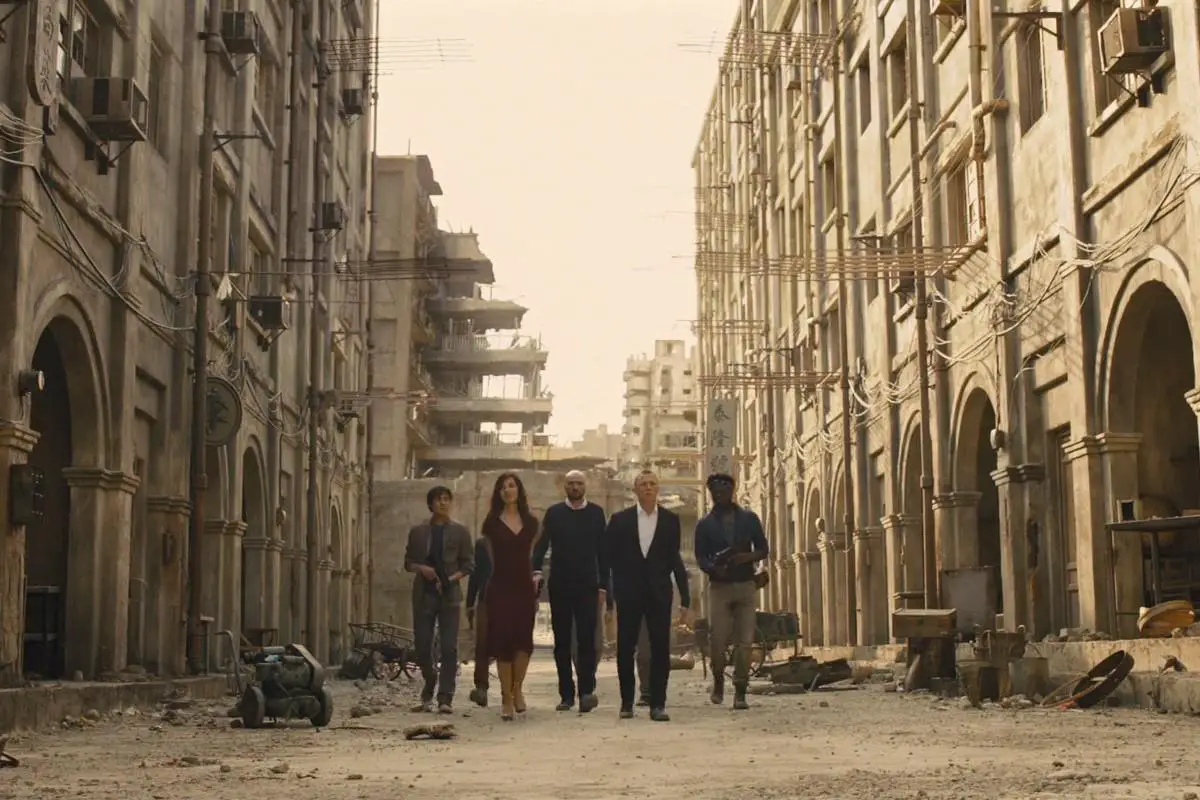
Hashima Island Today
Today, Hashima Island is a UNESCO World Heritage site and is open for tourism. Visitors can explore the island and its abandoned buildings, getting a glimpse into its past. However, it’s important to note that the scenes in “Skyfall” were not actually filmed on Hashima Island but were instead inspired by it. The actual filming was done on a set in Pinewood Studios, UK.
Frequently Asked Questions
1. What is the history of Hashima Island before it was abandoned?
Hashima Island, also known as Gunkanjima or Battleship Island due to its shape, was once a thriving coal mining facility. Mitsubishi Corporation bought the island in 1890 and began extracting coal from undersea mines. The island was populated with workers and their families, and it was equipped with apartment buildings, schools, hospitals, and other facilities. At its peak, the island was one of the most densely populated places in the world, with over 5,000 inhabitants in the 1950s.
However, as Japan’s energy needs shifted from coal to petroleum, the demand for coal decreased. The mines started to deplete, and by 1974, Mitsubishi officially announced the closure of the mine. The inhabitants were forced to leave, and the island was quickly abandoned, turning it into the ghost town we know today.
2. Why was Hashima Island chosen as a location in Skyfall?
The production team of “Skyfall” was looking for a location that could portray the lair of the villain, Silva, in a unique and eerie way. Hashima Island, with its deserted buildings and haunting atmosphere, fit the bill perfectly. The island’s desolate state and its history added an extra layer of intrigue to Silva’s character.
However, it’s important to note that while the island served as an inspiration, the actual scenes were not filmed on Hashima Island. Instead, a set was created in Pinewood Studios in the UK, which closely resembled the island’s architecture and layout.
3. What is the significance of the rat story Silva tells Bond?
The rat story that Silva tells Bond is a metaphorical tale meant to illustrate Silva’s worldview and his plan for Bond and M. In the story, Silva talks about an island overrun by rats. The inhabitants of the island, unable to control the rat population, devise a plan to get rid of them. They put all the rats in a drum, and the rats are forced to eat each other until only the strongest rat is left.
This story is a metaphor for Silva’s plan to eliminate his enemies in MI6. He sees himself as the last rat standing, the one who has survived against all odds. It’s a chilling tale that adds depth to Silva’s character and sets the stage for the events that follow.
4. What is the significance of the Macallan and the old guns in the scene?
The Macallan whisky and the old guns used in the scene are symbolic elements that add depth to the characters and the narrative. The Macallan is a nod to Bond’s Scottish heritage and is often seen in the Bond films. It represents Bond’s taste for the finer things in life.
The old guns, on the other hand, are a reflection of Silva’s character. They represent his nostalgia for the past and his disdain for the modern world. The use of these old guns in the shooting scene is a way for Silva to demonstrate his power and control over Bond.
5. How does the portrayal of Hashima Island in Skyfall compare to its real state?
The portrayal of Hashima Island in “Skyfall” is a blend of reality and fiction. The island’s deserted state and dilapidated buildings are true to life. However, the narrative of it being a ‘dead city’ owned by Silva is purely fictional. In reality, the island was abandoned due to economic reasons, not because of any nefarious activities.
Furthermore, while the island served as an inspiration for the film, the actual scenes were not filmed on Hashima Island. Instead, a set was created in Pinewood Studios in the UK, which closely resembled the island’s architecture and layout.
6. What is the current state of Hashima Island?
Today, Hashima Island stands as a symbol of Japan’s rapid industrialization and its subsequent shift from coal to petroleum. The deserted buildings, once bustling with life, now stand silent and empty, making the island a hauntingly beautiful sight. In 2009, the island was opened to the public for tours, allowing visitors to witness firsthand the remnants of a bygone era.
In 2015, Hashima Island was designated as a UNESCO World Heritage Site, as part of Japan’s Sites of Japan’s Meiji Industrial Revolution. This has led to an increase in tourism, with many people visiting the island to learn about its history and to see the unique landscape of the deserted buildings.
7. Why is Hashima Island often referred to as Gunkanjima or Battleship Island?
Hashima Island is often referred to as Gunkanjima, which translates to Battleship Island, due to its shape. When viewed from certain angles, the island, with its high sea walls and the flat building rooftops, resembles a battleship. This nickname has stuck and is often used interchangeably with Hashima Island.
The name Gunkanjima adds to the island’s mystique and allure. It paints a picture of an imposing and formidable place, much like a battleship, which aligns with the island’s image as a hauntingly deserted place.
8. What is the significance of the yacht ‘Regina’ in Skyfall?
The yacht ‘Regina’ in “Skyfall” is more than just a mode of transportation for Bond and Severine. It serves as a symbol of luxury and danger. The journey on the yacht is a calm before the storm, a brief respite before Bond and Severine reach Silva’s lair on the island.
The ‘Regina’ is a beautiful, classic sailing yacht, which aligns with the film’s theme of old versus new. It represents the elegance and charm of the old world, much like Bond himself. The journey on the yacht sets the stage for the events that follow on the island.
9. How does Hashima Island contribute to the overall atmosphere of Skyfall?
Hashima Island contributes significantly to the overall atmosphere of “Skyfall.” Its deserted state and dilapidated buildings provide the perfect backdrop for the introduction of Silva, the film’s villain. The eerie, haunting atmosphere of the island mirrors the darkness of Silva’s character and his plans.
The island serves as a physical representation of Silva’s isolation and his break from civilization. It sets the tone for the confrontation between Bond and Silva, adding a layer of tension and suspense to the film.
10. What are some other films or media where Hashima Island has been featured?
Apart from “Skyfall,” Hashima Island has been featured in several other films and media. It was the setting for the 2009 Japanese film “Battleship Island,” which tells the story of a man who escapes from the island during World War II.
The island was also featured in the 2013 Korean film “The Battleship Island,” which depicts the forced labor conditions on the island during the Japanese colonial period. In addition, the island has been the subject of numerous documentaries and has been featured in various travel and history television programs.




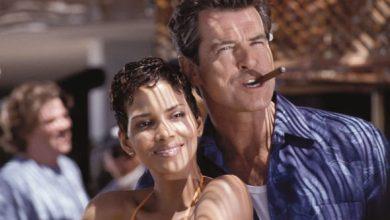



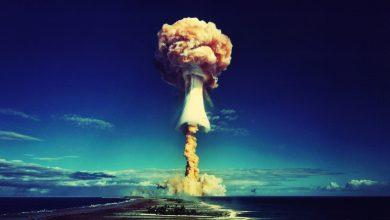

One Comment